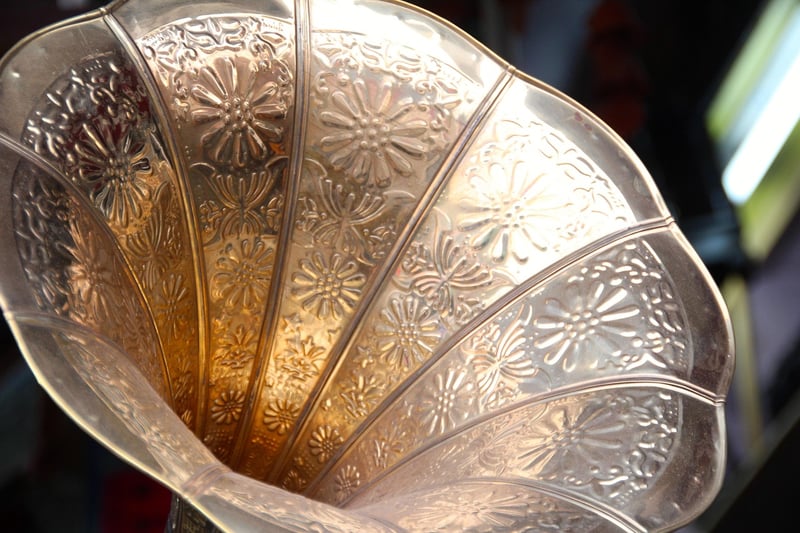Roaring Twenties
Exploring Historical Eras: The Roaring Twenties
Welcome to a journey through time as we delve into the vibrant and transformative period of the Roaring Twenties. This iconic era, also known as the Jazz Age, marked a significant shift in culture, society, and politics, leaving a lasting impact on the world.
The Roaring Twenties: A Brief Overview
The Roaring Twenties refer to the decade of the 1920s, characterized by economic prosperity, technological advancements, and a newfound sense of freedom and liberation. Following the end of World War I, this period saw a surge in industrial growth, urbanization, and cultural innovation.
Key Highlights of the Roaring Twenties
- Flappers and Fashion: The 1920s witnessed the rise of the "flapper" – a modern and independent young woman who challenged traditional gender norms through her style and behavior.
- Jazz and Music: Jazz music became the soundtrack of the era, with legendary musicians like Louis Armstrong and Duke Ellington shaping the cultural landscape.
- Prohibition and Speakeasies: The era was also marked by Prohibition, leading to the rise of illegal bars known as speakeasies where people could enjoy illicit drinks.
- Art Deco and Architecture: The Art Deco style flourished during this time, influencing everything from buildings and furniture to fashion and jewelry.
- The Harlem Renaissance: African American culture thrived during the Roaring Twenties, with Harlem in New York City becoming a hub for artistic expression and cultural renaissance.
Legacy of the Roaring Twenties
The legacy of the Roaring Twenties continues to resonate in modern times, shaping our perspectives on culture, fashion, and social change. This era laid the foundation for the cultural revolutions that followed and set the stage for the modern world we live in today.
Join us in celebrating the spirit of the Roaring Twenties and explore the rich tapestry of history that defines this remarkable period.

